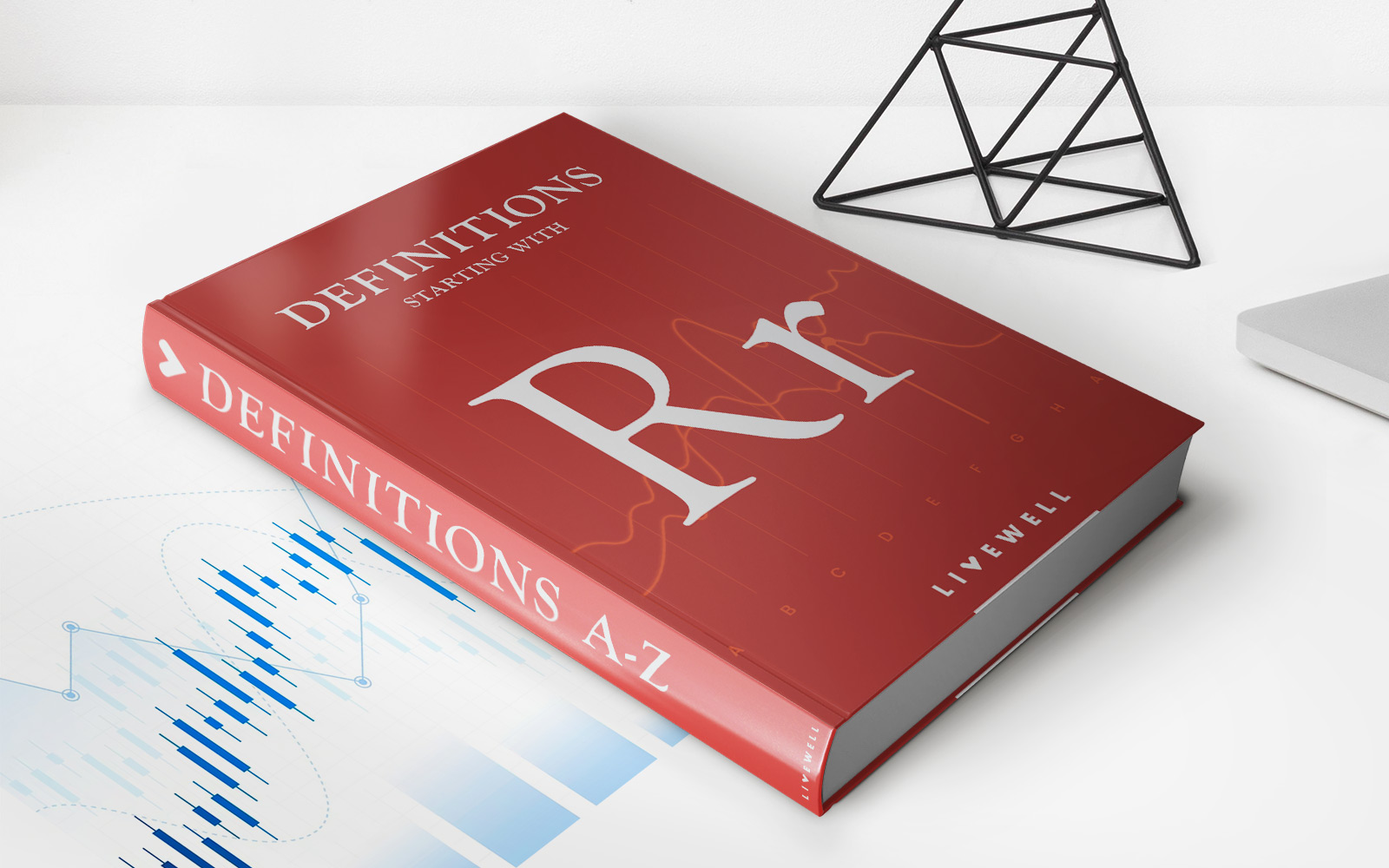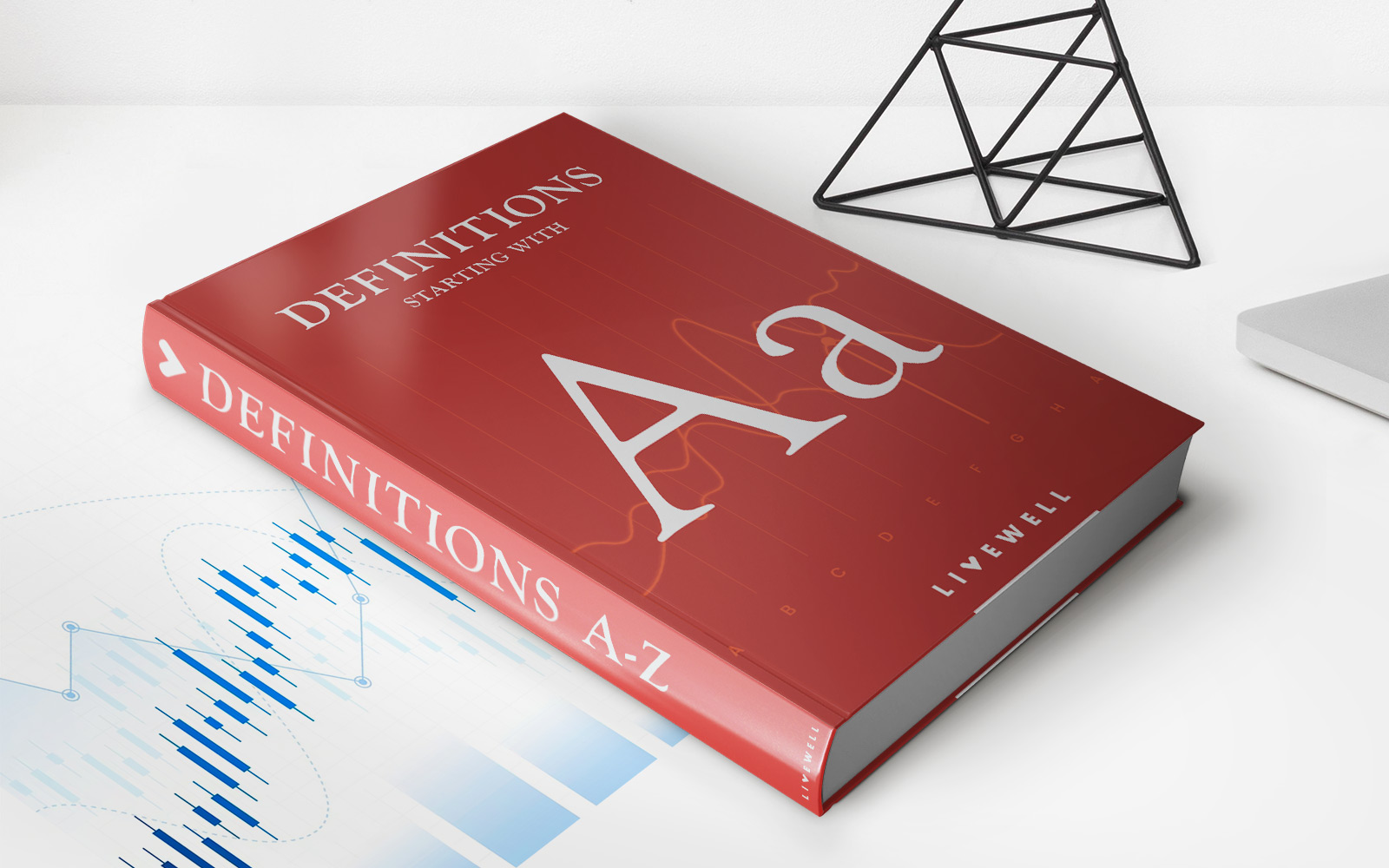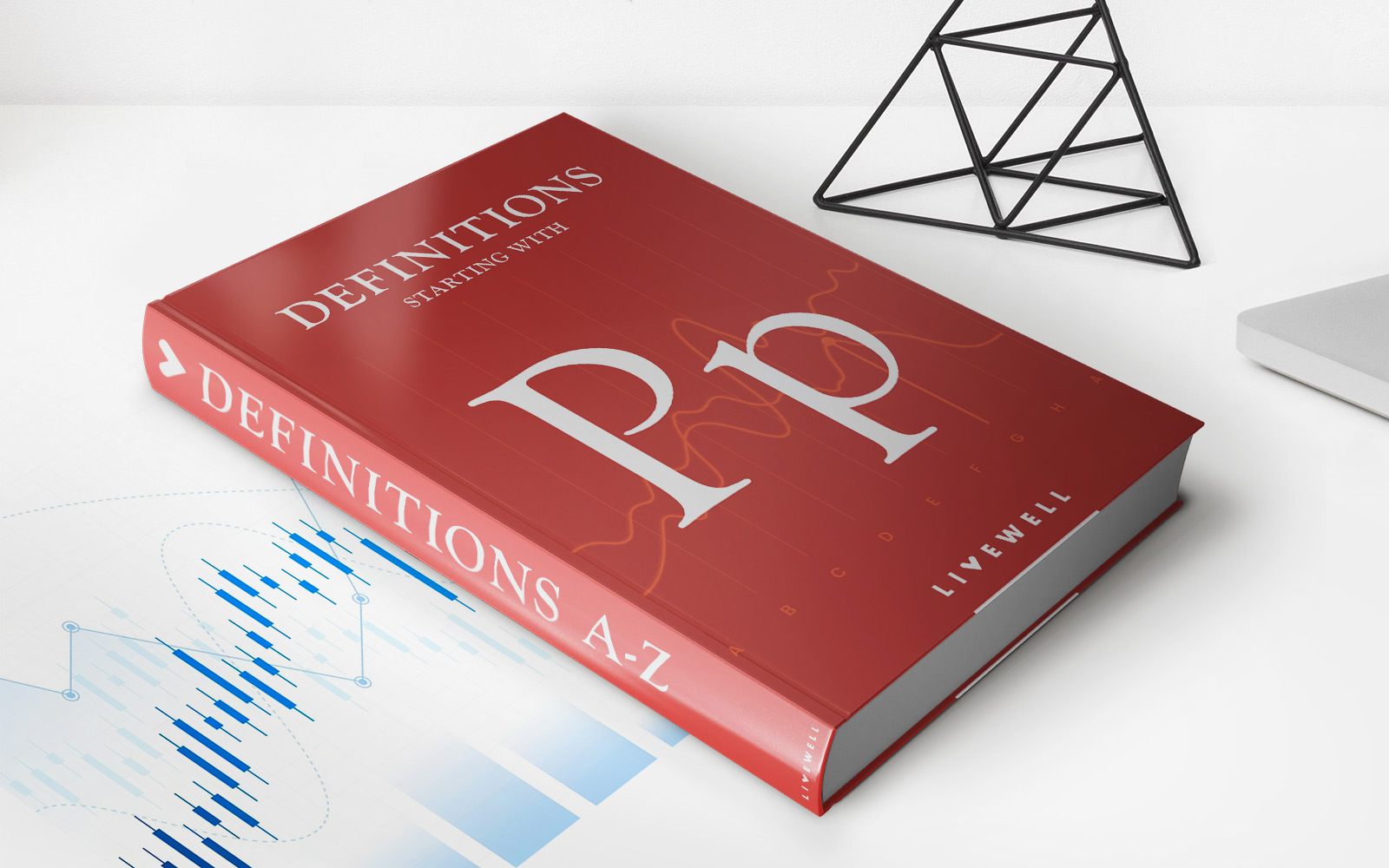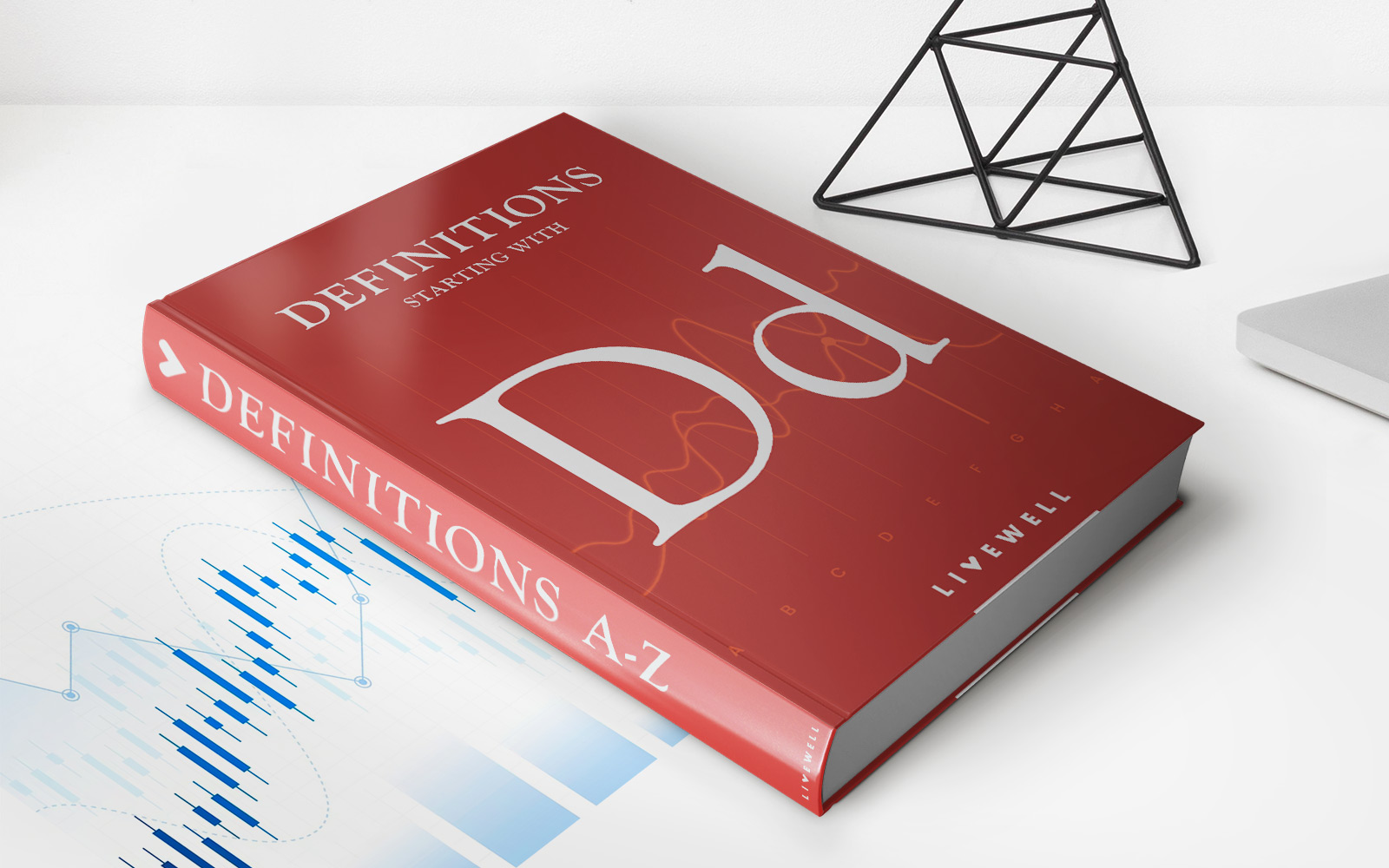Home>Finance>Ba3/BB-: Definition, How Bond Ratings Work, Yields & Risks


Finance
Ba3/BB-: Definition, How Bond Ratings Work, Yields & Risks
Published: October 12, 2023
Discover the definition and workings of Ba3/BB- bond ratings, along with insights into yields and risks in the world of finance.
(Many of the links in this article redirect to a specific reviewed product. Your purchase of these products through affiliate links helps to generate commission for LiveWell, at no extra cost. Learn more)
Ba3/BB-: Definition, How Bond Ratings Work, Yields & Risks
Welcome to our FINANCE category, where we delve into various financial topics to help you make informed decisions. In this blog post, we will be exploring Ba3/BB- bond ratings, understanding how they work, the associated yields and risks. Whether you are new to bond investments or an experienced investor, this guide will provide you with valuable insights.
Key Takeaways:
- Ba3/BB- ratings indicate a speculative or non-investment grade bond.
- Investors should carefully consider the potential risks and returns when investing in these bonds.
Bond ratings play a crucial role in the world of fixed-income investments. They are assigned by credit rating agencies, such as Moody’s and Standard & Poor’s, to assess the creditworthiness of a bond issuer. Ba3/BB- ratings fall within the speculative or non-investment grade category, also commonly referred to as “junk bonds.”
Now let’s explore how bond ratings work and what these specific ratings mean for investors:
Understanding Bond Ratings:
When considering a bond investment, it’s important to understand the rating assigned to the bond. Bond ratings are a letter-based system that denotes the credit quality of the issuer and their ability to repay the debt. Ba3 is a rating provided by Moody’s, while BB- is a rating provided by Standard & Poor’s.
Both Ba3 and BB- indicate bonds that are considered speculative in nature, meaning they have a higher risk of default compared to investment-grade bonds. These ratings usually suggest that the issuer carries more significant credit risk and may face challenges in meeting their debt obligations.
Yields and Risks:
Investing in Ba3/BB- rated bonds can offer higher yields compared to investment-grade bonds. This is because the market compensates investors for the increased risk associated with these bonds. However, higher yields come with a trade-off; the higher the potential return, the higher the associated risk.
It’s crucial for investors to assess their risk appetite and determine if the potential reward justifies the underlying risks. The risk factors associated with Ba3/BB- rated bonds include the issuer’s financial stability, market conditions, economic factors, and geopolitical events. It’s essential to conduct thorough research and due diligence before investing in these bonds.
In Conclusion:
Ba3/BB- bond ratings classify bonds as speculative or non-investment grade, indicating higher risks and potential rewards. Investors interested in investing in these bonds should carefully evaluate their risk tolerance and consider the potential yields and associated risks. It’s advisable to seek guidance from a financial advisor or conduct thorough research before making any investment decisions.














